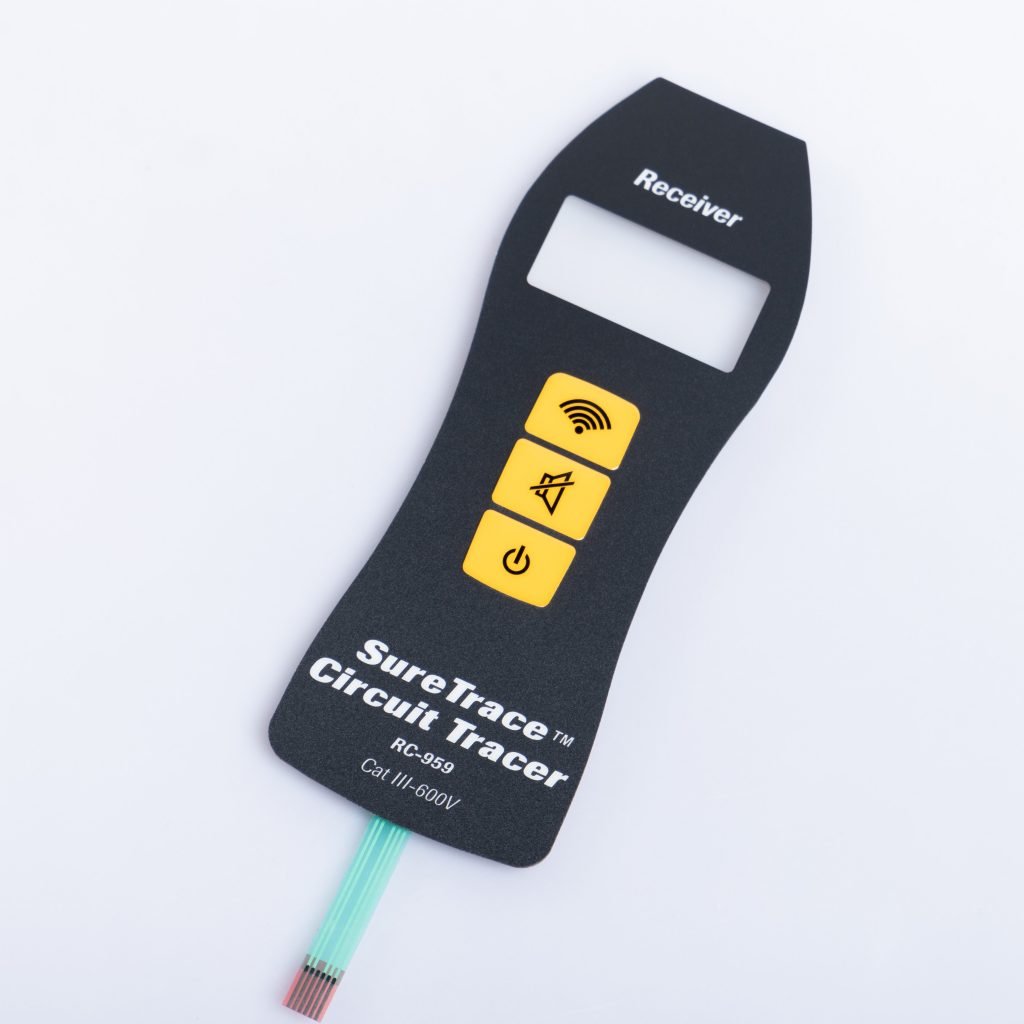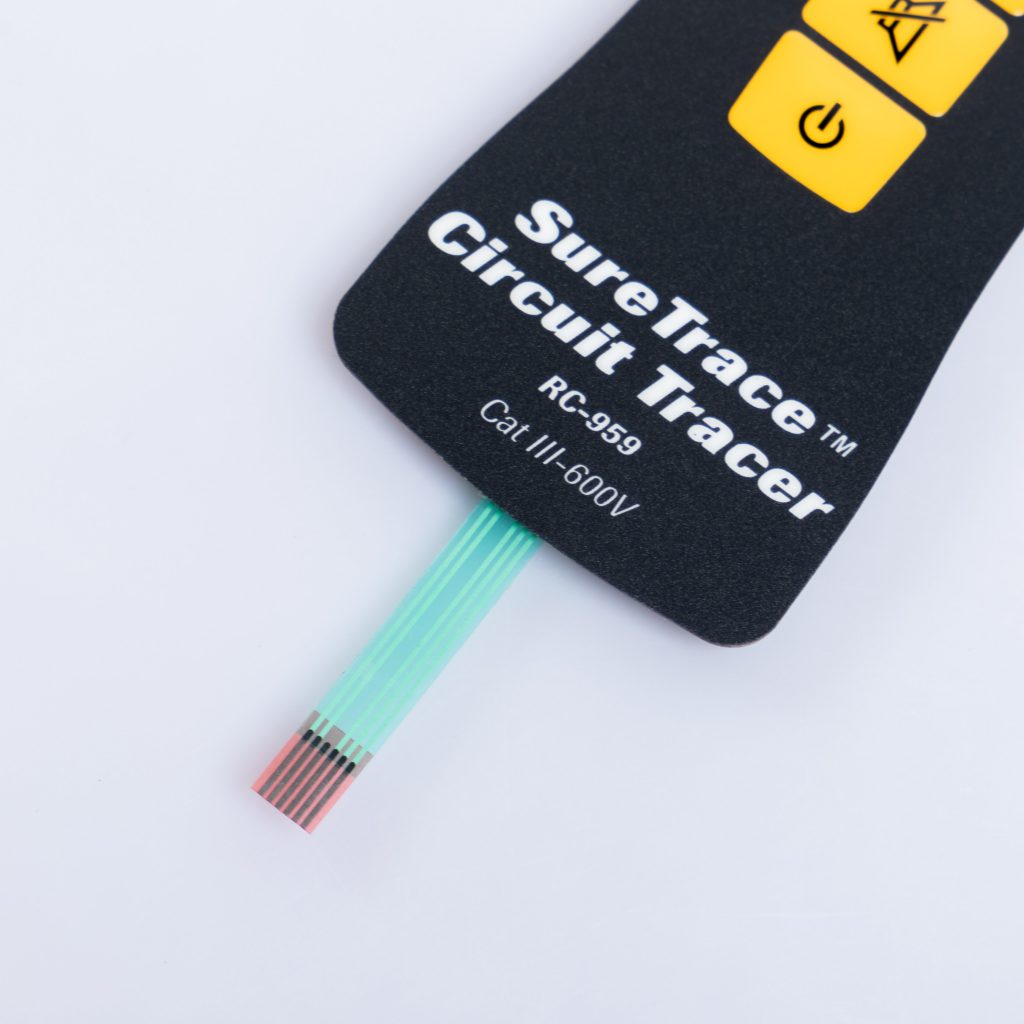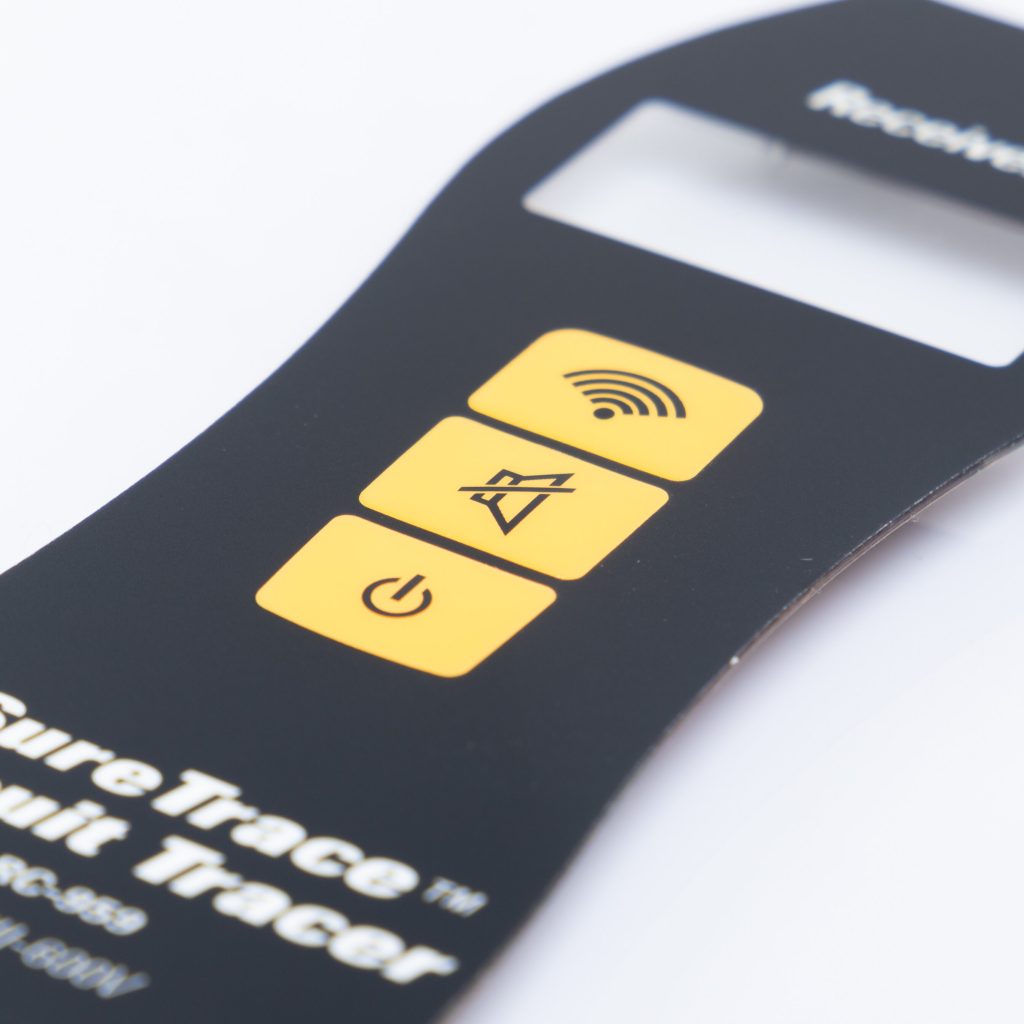Contact
Write to Us And We Would Be Happy to Advise You.
Do you have any questions, or would you like to speak directly with a representative?
By hqt
Membrane switches are essential components in various electronic devices, offering user-friendly interfaces and efficient control options. Over time, these switches may require replacement due to wear and tear or functionality issues. Replacing membrane switches can be a delicate task, requiring attention to detail and proper techniques. In this article, we will provide valuable tips and guidance to ensure a successful replacement process. Whether you’re a DIY enthusiast or a professional technician, these tips will help you navigate the task with ease.



Before we delve into the tips for replacing membrane switches, let’s understand why such replacements may be necessary. Membrane switches can deteriorate over time due to factors like continuous use, exposure to moisture, or physical damage. These issues can lead to problems such as unresponsive buttons, erratic behavior, or even complete failure. To restore the functionality and extend the lifespan of your electronic device, replacing the membrane switch becomes imperative.
The first step in replacing a membrane switch is identifying the correct replacement part. Consult the device’s manual or research online to find the exact model or specifications required. Accuracy is crucial to ensure compatibility and avoid unnecessary complications during the replacement process.
To replace a membrane switch effectively, gather the required tools beforehand. These commonly include a screwdriver, tweezers, a heat gun or hairdryer, and rubbing alcohol for cleaning. Having all the tools at hand will save time and prevent any interruptions during the replacement process.
Before initiating the replacement, power off the device and disconnect it from any power source. This precautionary measure ensures your safety and prevents potential damage to the device or yourself.
As you dismantle the device, take pictures or make notes to document the process. This documentation will serve as a useful reference during reassembly. Additionally, label the various components and cables to avoid confusion later.
When disassembling the device, handle the components with care. Use the appropriate tools and apply gentle pressure to avoid any accidental damage. Taking your time during this step will ensure a smooth and hassle-free replacement process.
Before installing the new membrane switch, clean the surface area thoroughly. Use rubbing alcohol and a lint-free cloth to remove any dirt, debris, or adhesive residue. A clean surface will promote better adhesion and improve the overall performance of the replacement switch.
If you notice unresponsive buttons, inconsistent behavior, or signs of physical damage, it may be time to replace your membrane switch. Conduct a thorough inspection and consult the device’s manual or manufacturer for further guidance.
The complexity of the replacement process depends on the device and your technical skills. Some replacements can be done by DIY enthusiasts, while others may require professional assistance. Assess your capabilities and determine the best course of action accordingly.
No, membrane switches come in various sizes, shapes, and configurations. Ensure you select a replacement switch that matches the specifications of your device for optimal compatibility and functionality.
In most cases, it is recommended to use new adhesive when replacing a membrane switch. Fresh adhesive ensures better adhesion and reduces the risk of the switch detaching or malfunctioning.
The lifespan of a membrane switch depends on several factors, including usage frequency, environmental conditions, and quality of the switch. Generally, membrane switches can last for several years, but replacements may be necessary when they exhibit signs of wear or malfunction.
Replacement membrane switches can be sourced from various electronic component suppliers or directly from the device manufacturer. Research reputable sellers and ensure they provide compatible switches for your specific device.
Replacing membrane switches is a task that requires careful attention and adherence to proper techniques. By following the tips provided in this article, you can confidently undertake the replacement process. Remember to gather the necessary tools, document the dismantling process, clean the surface area, and handle the components with care. Additionally, consult the device’s manual or seek professional help when in doubt. With these tips, you can restore the functionality of your electronic devices efficiently and extend their lifespan.
Do you have any questions, or would you like to speak directly with a representative?